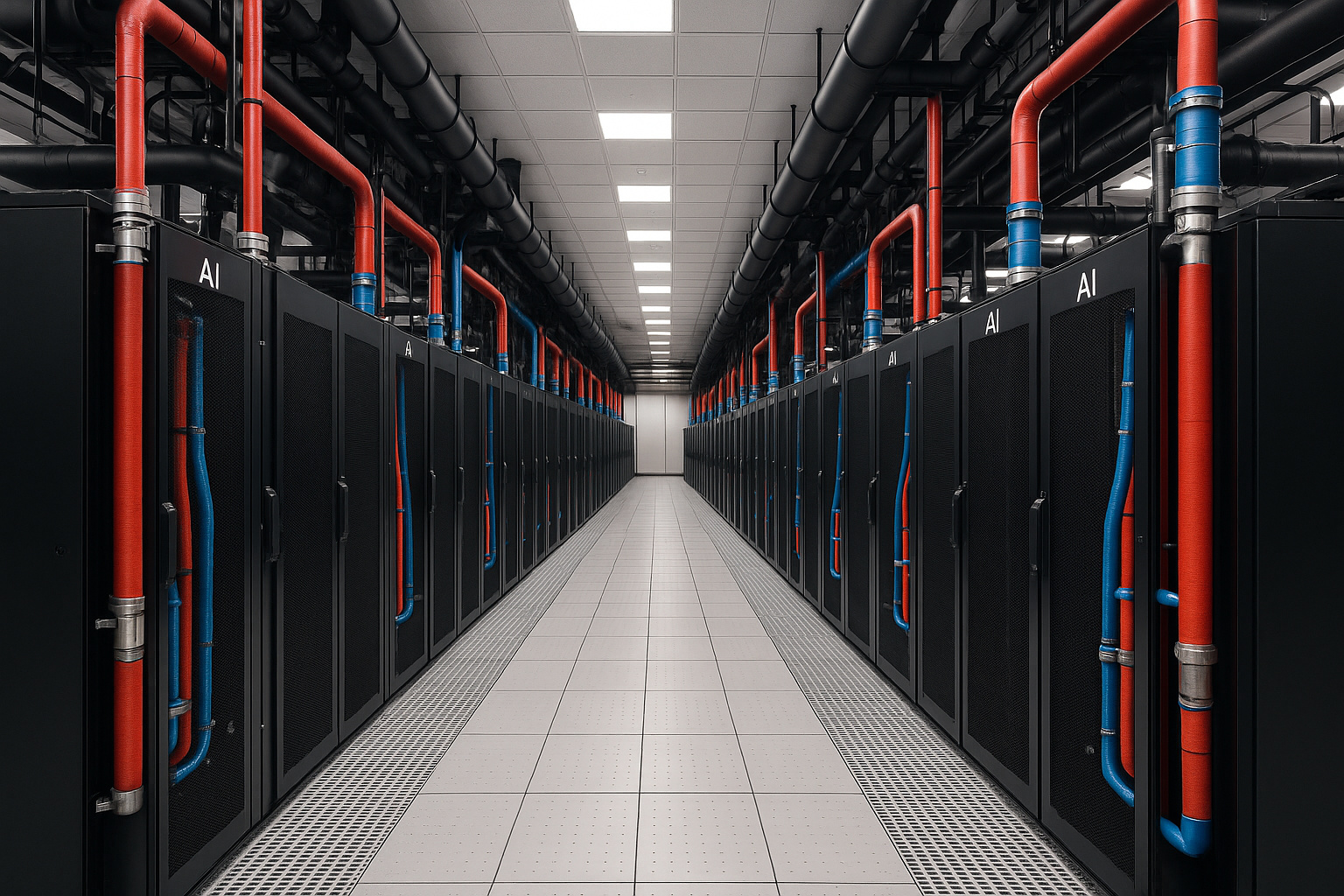
"For this episode of the Techzine TV podcast, we discuss the evolution of data center architecture driven by AI workloads Steve Carlini, Chief Advocate for AI in Data Centers at Schneider Electric. From 5 kilowatts to 1 megawatt per rack, this conversation explores the technical challenges and innovations in this industry. Key topics include the shift from CPU to GPU-based computing, the move to 800V DC power distribution, liquid cooling requirements, and how data centers are becoming grid stabilization assets."
"We also dig a bit deeper into things like microfluidic cooling, photonics integration, and why power densities are skyrocketing with each new GPU generation from Nvidia. Learn how Schneider Electric collaborates with chip manufacturers to design power and cooling systems six months ahead of new GPU releases, why the water consumption issues that data centers have are a temporary thing, and how SMRs (Small Modular Reactors) could transform data center energy infrastructure."
Data center architectures are shifting from CPU-centric to GPU-centric computing to accommodate AI workloads, driving power densities from 5 kilowatts to 1 megawatt per rack. Power distribution is moving toward 800V DC to improve efficiency and reduce conversion losses at extreme densities. Liquid cooling, including emerging microfluidic solutions and photonics integration, is becoming essential to manage heat from successive GPU generations. Schneider Electric collaborates with chip manufacturers months ahead of GPU launches to design compatible power and cooling systems. Water usage concerns are framed as temporary, while SMRs and flexible power allocation models could enable data centers to act as grid-stabilization assets.
Read at Techzine Global
Unable to calculate read time
Collection
[
|
...
]